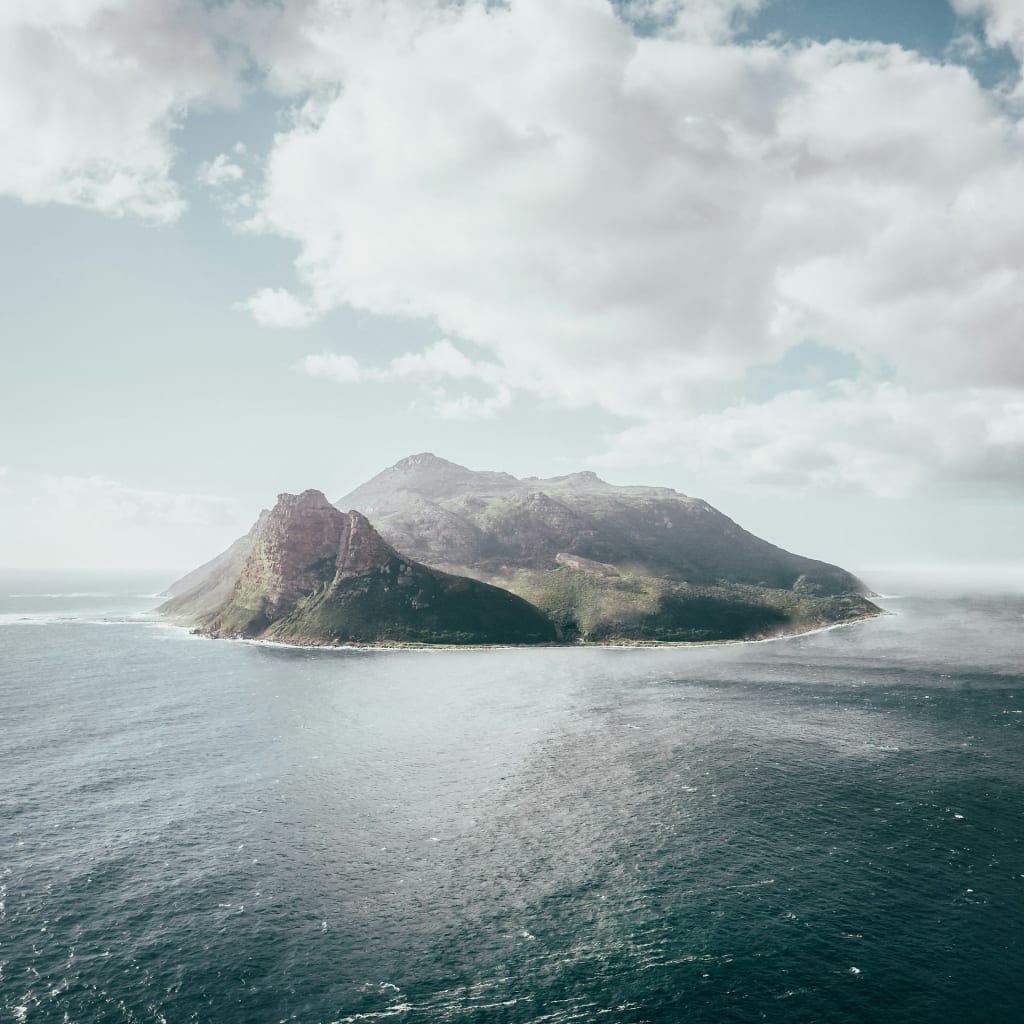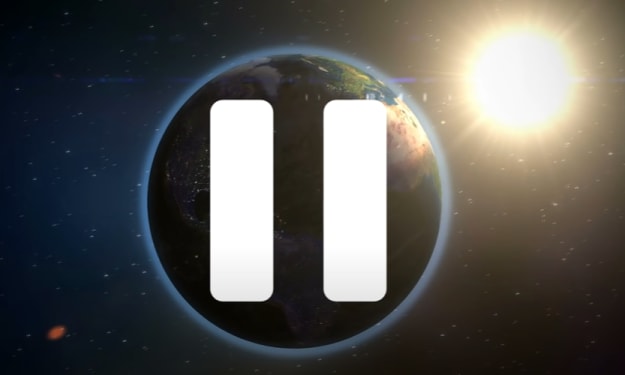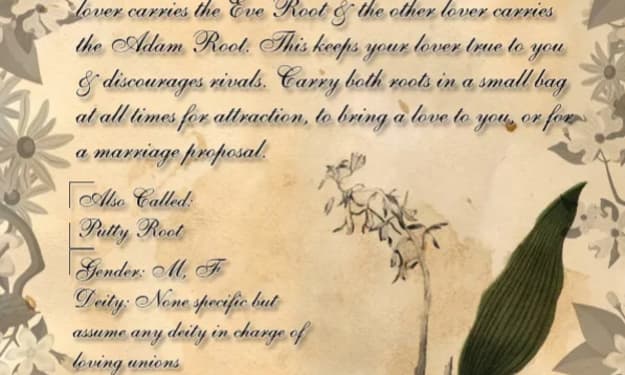This Island Is Made Entirely of Gemstones
The Geological Marvel of Zabargad Island and Other Fascinating Islands

There are many islands in the world that have been formed through various geological processes. One such island is Zabargad, also known as St. John's Island, located in the Red Sea. This tiny island is surrounded by the stunning clear waters of the Red Sea and is famous for its paradot-rich paradite, a green gemstone that has been prized throughout history.
Geologists believe that paradot forms as a result of the spreading of the seafloor. When the Earth's crust decides to part ways, rocks from deep down get pushed up to the surface, and that's exactly how Zabargad Island formed. The African and Asiatic continental plates bumped into each other, and rocks in the lower crust went above sea level.
Zabargad Island is unique because it's an island built of uplifted mantle, and it's also the oldest and longest known source of paradot in the world. The first people came here for the gemstones many centuries ago. Famous Roman philosopher Pliny the Elder mentioned in his writings that pirates had discovered Zabargad Island's treasures in the year 500 before the current era. The beautiful green rocks made their way to Queen Bernice of the Roman Empire. They came from the ancient trading port of Baron Niki on the edge of Egypt's eastern desert.
In the 19th century, British explorers found the beautiful green island in the Red Sea and figured out it was the one described by Pliny the Elder a long time ago. Turkey did some mining here in the 20th century, and over just four years, they managed to collect over $2 million in paradots. They sent the gemstones to France for cutting, but the work conditions on the island were nothing like a tropical fairy tale you could imagine. There was no drinking water for workers, so they had to install a gas-powered water condenser.
Now, this territory belongs to the Elba National Park system, and most people come here to see the underwater beauties of the reefs. But if you look above the water, you can still see some beautiful sparkling paradots.
Another fascinating island is Christmas Island, located in Australia. If Christmas Island is on your travel list, plan the trip wisely. If you end up there in October or November when the wet season begins, you won't be able to enjoy a walk around. Red crabs cover the whole island like a blanket, and it's not one of those fluffy blankets you want to wrap yourself into. Over 100 million crabs are on a mission to reach the shore alive, marking a crucial phase in their life cycle. For the majority of the year, these red crabs reside in burrows and rock crevices, feeding on fruit, berries, fallen leaves, and various organic matter to keep them going. But when the dry season is over and the moon is in a specific phase, they know it's time to go. When they reach the coast of the Indian Ocean after several days of migration, they create deep burrows where females will eventually hatch their eggs. Once the burrows are ready, the male crabs return to the rainforests, and the females stay at the beach for at least 12 days to keep the family going. The new parents are so smart; they follow the moon to pick the perfect moment with a milder tide to carry their eggs to the water. Once they hatch, the crabs bring their new family members back inland, where they wait for the rainy season again to keep the circle of life going. To safeguard this magic, authorities close roads in areas where crab migration takes place.
Japan has a brand new addition to its archipelago: the world's newest landmass, which literally popped up in November 2023. This unnamed island is just over 300 ft in diameter, made of pumice and tough left by an unders volcano that kicked off its eruptions in October. The volcanic hustle has quieted down since then, and the waves are eroding chunks of the newly-found land. Without lava flows to create a sturdy protective crust over the soft volcanic debris, the future of this freshly formed island is unstable. Similar islands had popped up before but were short-lived and vanished once volcanic activity ceased. An island born in 2021 the same way is still visible today, though, so the newborn island might have some life prospects. If not, we're likely to see more territories like this, as Japan is super-rich in active volcanoes on land, with over a hundred in its collection.
In conclusion, islands are fascinating geological marvels that have been formed through various processes. From the paradot-rich Zabargad Island to the red crab-covered Christmas Island and the newborn volcanic island in Japan, each island has unique geological features that make it worth exploring.
About the Creator
Enjoyed the story? Support the Creator.
Subscribe for free to receive all their stories in your feed. You could also pledge your support or give them a one-off tip, letting them know you appreciate their work.
Reader insights
Outstanding
Excellent work. Looking forward to reading more!
Top insights
Compelling and original writing
Creative use of language & vocab
Easy to read and follow
Well-structured & engaging content
Excellent storytelling
Original narrative & well developed characters
Expert insights and opinions
Arguments were carefully researched and presented
Eye opening
Niche topic & fresh perspectives
Heartfelt and relatable
The story invoked strong personal emotions
Masterful proofreading
Zero grammar & spelling mistakes
On-point and relevant
Writing reflected the title & theme





Comments (2)
Test is not accepting comments at the moment
Want to show your support? Send them a one-off tip.